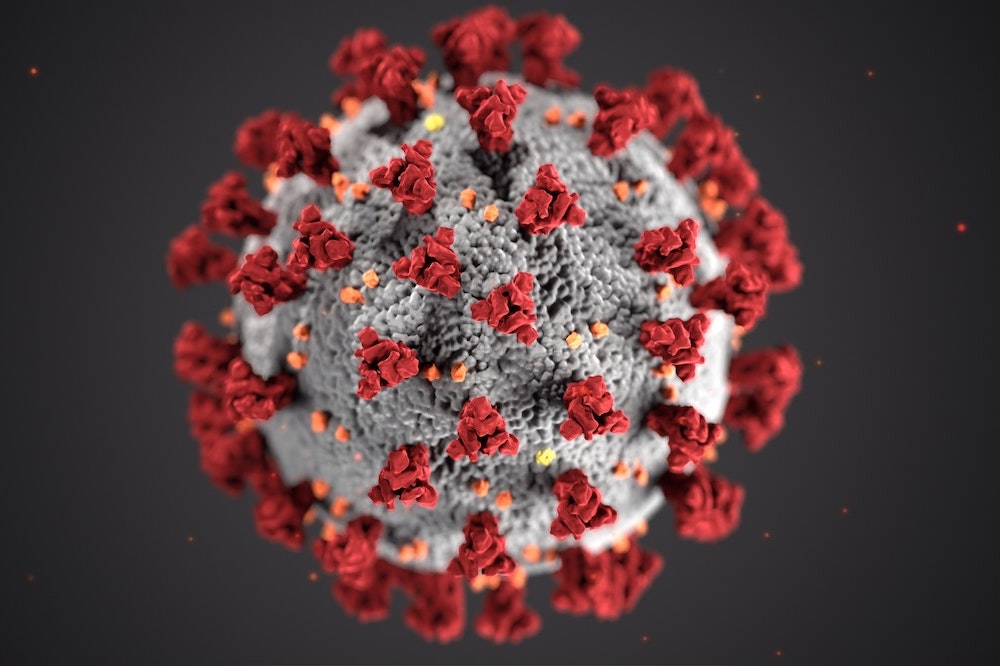
The Changing Face of Medicine project is gathering momentum.
As President of the BMA, Professor Pali Hungin launched a project to look into the impact of fast moving technological advances, the shifting role of the doctor, the adequacy of medical education, the nature of public and patient expectations of clinicians, the need for visionary medical leadership, and the well-being of clinicians themselves. This is the Changing Face of Medicine (CFOM) project, which held a conference at the Kings Fund, under the auspices of the Academy of Medical Royal Colleges, on 27th February 2020. Professor Hungin hoped that the meeting would open the way to a formal, long-term process, embracing social, clinical and technological contributors. By the end of a fascinating day, it was clear that this is a conversation that is urgently required now and will be needed for some time in the future.
Part of the impetus for this process was, of course, the recruitment, retention and morale crisis facing medicine. Acknowledging that parameters such as the ideal numbers of medical students and doctors required are uncertain, Professor Michael Farthing, chair of the CFOM faculty group and formerly Vice-Chancellor of the University of Sussex, considered the effects of new roles and new technologies on the need for continuing “medical” input, recognising that the evidence at present suggests that these additional resources may have more to do with enhancing the quality of care than substituting for clinicians. He reminded us that UK levels of medical staffing are well below the EU average. Developing this theme, Professor Hungin reflected on the gradual falling-off in numbers of medical graduates proceeding to specialist training. He was pessimistic about the future of continuity of care, despite the evidence of its value. He emphasised the central importance of patients and their expectations and highlighted Donald Irvine’s concept of “active patient autonomy“. He wondered if there might even be dangers to doctors’ own well-being in clinging to core values such as empathy and compassion, although he acknowledged that human contact would always trump technology.
Professor Derek Alderson, President of the Royal College of Surgeons, gave an exhilarating overview of the implications of technological and other medical advances on surgery and healthcare, casting his net widely to include imaging, robotics, robot assisted surgery, 3-D bioprinting of tissues and organs, and neural prostheses. New surgical and clinical skills will have to be developed in the context of a focus on patient safety, surgical education and leadership and, perhaps most important of all, the development of a robust evidence base to support surgical innovations. He saw the current National Trainee Research Collaboratives as having a critical role in encouraging clinical studies and successful research collaborations in the future, and went onto show how surgery had a global importance in terms of improving health outcomes, citing surgical treatment of club foot and fistula as life-changing interventions.
Professor Sheona MacLeod, Deputy Director or Medical Education reform at Health Education England, looked at what was in the medical education pipeline that might support rapid professional and technological change. The Medical Educational Reform Program emphasises increased mobility in training, better educational support and supervision, and greater alignment with geographical needs. Scenario planning, looking at different possible future is for medicine and society, has been used to explore ways in which medical education curricula can be “flexed“ to take account of changing patterns of care. Future challenges included multimorbidity, the increasing complexities of care, workforce demands, the need for lifelong learning, the need to respond to geographical variation, with workforce planning based on local morbidities, and deploying different staff with different competencies to work in different locations. Dr Charlie Bell, the National Medical Director’s clinical fellow, picked up some of these themes, thinking about how medical education before and after medical school needs to develop, challenging the need to necessarily recruit the most “academic“ students, and also challenging us to think about exactly what we are training medical students for, while emphasising the importance of sustainability, social justice and ethics in any curriculum..
Patients have less access to their medical records than they do to their car maintenance log.
Every patient wants to be treated as a person not a case, with an emphasis on transparency and trust.
Sir Mark Caulfield, Chief Scientist for Genomics, opened his Pandora’s Box of genomics, revealing the glittering prizes that we might anticipate in the years ahead. The 100,000 Genomes Project, the Accelerating Detection of Disease programme and UK BioBank offer a heady mixture of genetic technologies. Rapid automated analytic methods have enabled very fast genomic analysis capable of identifying abnormalities in a number of rare diseases, which were previously almost impossible to diagnose and treat. A huge amount of energetic research activity is taking place around cystic fibrosis, Gaucher’s and Fabry syndromes, Huntington’s disease, haemophilia, and mRNA diseases, as well, of course, as cancer. This new investigative and therapeutic landscape will inevitably have major implications for the training and clinical roles of doctors, as well as the ways in which they interact with non-clinicians and patients, although the nature of these changes is not yet clear.
England’s Chief Medical Officer, Professor Chris Whitty offered an extremely elegant vision of the future of medicine and the medical profession, using some very cleverly-chosen data such as changing fertility rates and population “replacement rates“ across Europe, and their implications for changes in future population demographics and consequent health needs. He looked at changes in the balance between urbanicity and rurality and the resulting changes in the location of patients with multimorbidity. There will be a steady increase in the concentration of multimorbidity in people at the oldest end of the age spectrum, along with changing patterns of multimorbidity involving cancer, cardiovascular disease and dementia, clustering of co-morbidities, and changes in disease geography. These all have implications for the distribution and skill mix required of the medical workforce. He pointed out that although there have been major improvements in survival rates for many cancers, other health indicators in the UK are not so good: we are not in the top tier of OECD countries for neonatal health for example. Increasing multimorbidity means that the proportion of life lived in poor health will inevitably increase and this will dominate medical demand and activity in the years ahead.
Doctors’ skills lie in diagnostic decision making, but complex therapeutics might be better handled by other professionals.
These main presentations, all of which provided a great deal of food for thought, were interspersed by some really fascinating shorter sessions. Richard Stevens and Joseph Butler staged a witty and penetrating sketch on the impact of new communication technologies on doctor: patient communication within the consultation. Sunny Raju, Lily Lamb and colleagues’ debate on visionary leadership was a powerful reminder of the resources that the next generation of clinicians will bring to medicine in the future.
This important dialogue needs to continue, and this absorbing day suggested that it will do so with a spirit of optimism. Perhaps what came across most strongly was the enduring importance of the human dimensions of medical care, the need for personal contact, the desire for trust, the hope for continuity and the value placed on genuinely personal care. These are the values which, no matter how seductive the new technologies appear, must remain at the centre of the professional and moral compass of medicine.








